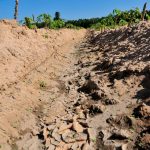Landmines UXO and demining
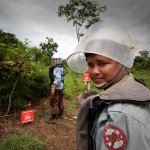
Cambodia is one of the countries most affected by land mines and explosive remnants of war as a result of its tumultuous history. The country is working with a variety of partners to demine the country by 2019. ...
Biofuel crops
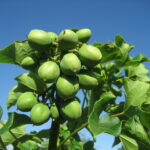
Biofuel crops have a significant potential for contributing to future energy requirements worldwide. Agricultural lands offer energy farming as an alternative to their usual role of food production. Biofuel crops are an environmentally valuable means of sustainable energy production.1 The demand for transport fuels in ...
Agricultural commodities, processing and products
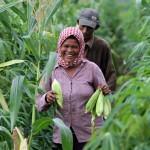
Farmers harvest corn from their farms, Cambodia. Photo by World Bank/Chhor Sokunthea, taken on 17 July 2013. Licensed under CC BY-NC-ND 2.0Key agricultural commodities and products include rice, rubber, corn (maize), vegetables and fruit, and cassava (tapioca). More than 90 percent of Cambodia’s agricultural exports ...
Sugarcane
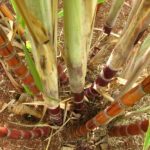
Growth in sugar production in Cambodia has created significant potential for sugarcane-based biofuel production. That potential has not yet been realized, though recent foreign investment may give rise to change. There are several types of sugar crop: sugarcane, sugar palm trees and sugar beets. Sugarcane ...
Priority health concerns

Two daughters look at their mother who is dying from HIV/AIDS, Cambodia. Photo by World Bank, taken in 2002. Licensed under CC BY-NC-ND 2.0.Two common features mark Cambodia’s major health concerns:Some health figures are among the worst in the world – the 26 cases of ...
Development and assistance for poverty reduction and food security

USAID’s Harvest program is helping Cambodia’s farmers. Photo by USAID, taken on 09 December 2013. Under the license CC BY-ND 2.0.The country has achieved remarkable sustainable growth, however, poverty and food security remain the challenges. The Royal Government of Cambodia (RGC) has acknowledged that to ...
United Nations
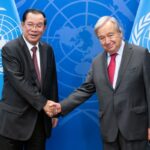
Secretary-General António Guterres (right) meets with Samdech Akka Moha Sena Padei Techo Hun Sen, Prime Minister of the Kingdom of Cambodia in New York. Photo taken from the UN website on 22 September 2022.The United Nations (UN), founded in 1945 and guided by the UN ...
SMEs policy and regulation

The Covid-19 pandemic has caused a major economic shock in Cambodia, having a spillover on Cambodian micro, small and medium enterprises (MSMEs) and small household farmers’ survival and business continuity.346 Digital technologies are crucial during the pandemic, in which the owners of SMEs should focus ...
Ground water

Cambodia relies heavily on its groundwater resources to overcome water shortages during the dry season. More than half of the population depends on it when enough surface water is not available. At a certain depth, the ground is saturated with water, and the upper surface ...
Budget
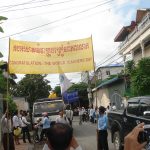
Cambodian Independent Teachers’ Association and Free Trade Union of Workers of the Kingdom of Cambodia celebrated the World Teacher Day from Cambodia. Photo by Education International, taken on 5 October 2009. Licensed under CC BY-NC 2.0Cambodia’s national budget determines state expenditures and revenues. It is ...
SDG 9 Industry, innovation and infrastructure
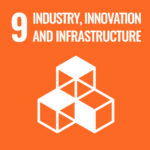
SDG 9 focuses on the development of sustainable and resilient infrastructure and industries, including small-scale enterprises. It encourages scientific research and the upgrade of the technological capabilities of industries. Access to information and communications technology and affordable Internet access are included. The goal has 5 ...
Pandemics

Pandemics are disease epidemics that spread from person to person as a result of human-to-human transmission. Many medical texts do not define the term “pandemic”. However, some key characteristics of pandemics, including wide geographic spread, disease movement, novelty, severity, high attack rates and explosiveness, minimal ...
SDG 11 Sustainable cities and communities
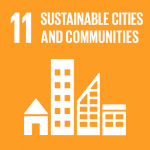
SDG 11 – “Making cities and human settlements inclusive, safe, resilient and sustainable” – aims to improve housing, transport, public spaces and urban environments, and strengthens resilience to disasters and climate change.There are seven targets covering specific areas and three means of implementation targets.566 Most of the ...
Terms and definitions
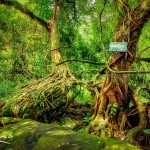
Defining and measuring forests is not an easy business. Definitions that initially sound very similar can turn out to have crucial differences. Understanding the terms is important for understanding forest use, forest cover, forest laws and policies and deforestation. ...
Bar association legal aid services
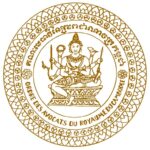
The Bar Association of the Kingdom of Cambodia (the Association) is a non-governmental institution for Cambodia’s lawyers. In keeping with Article 24 of the United Nations Basic Principle on the Role of Lawyers, the Association represents lawyers’ interests, promotes their continuing education and training, and ...
Ethnic minorities and indigenous people policy and rights

Cambodia is known for its rich cultural diversity, including ethnic minorities and indigenous communities. As the country has developed, efforts have been made to recognize and protect these groups’ rights through policies and initiatives to promote inclusivity, preserve cultural heritage, and address issues such as ...
Electricity infrastructure
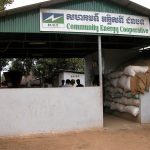
Rural energy cooperative in Cambodia. Photo by Nomade Moderne, taken on 23 March 2006. Licensed under CC BY-NC-ND 2.0The electricity distributed in Cambodia is partly generated within the country and partly imported. For many years, local generation was on a relatively small scale, and was ...
Forest protection

Deforestation has always been a problem in Cambodia since the 1970s, and it has aggravated inthe last decade. Some protected areas have been deforested. Between 2001 and 2018, Cambodia had lost 557,000 hectares (11.7%) of forest cover in protected areas.670 This loss has had an ...
Agricultural production

Rice field in Cambodia’s countryside. Photo by fmpgoh, taken on 15 July 2009. Licensed under CC BY-NC-ND 2.0The main products from the agriculture sector are rice, rubber, corn, vegetables, cashews and cassava. Unprocessed agricultural exports were projected to be more than 90 percent of total agricultural ...


